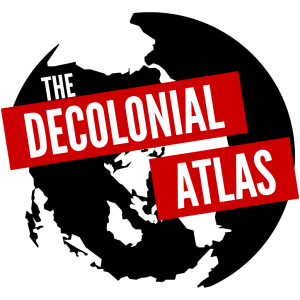

Chimpanzees, gorillas, orangutans – these are our closest relatives. There were once many other species of human (members of the genus Homo), but since the last one became extinct 11,500 years ago, Homo sapiens have progressively dissociated themselves from the rest of the animal kingdom. While it might sometimes be difficult to see ourselves in cephalopods or reptiles, there’s no denying that we bear a strong resemblance to our fellow primates in particular. If our speciesist hubris bears any responsibility for today’s ecological crises, then surely the solution must include humbling ourselves and recognizing our relatedness to all beings.
These maps show the current ranges for the eight living great ape species. They are otherwise unremarkable except for the inclusion of the forgotten ape – us. Seeing ourselves as part of a wider biological group – from hominids, to animals, to part of the biosphere – we begin to undo the false sense of separateness. If we are to save Nature, we must realize that we are in fact Nature defending itself.
Note that ranges for different species do overlap. Gorillas share most of their habitat with chimpanzees, and all great apes share their habitats with humans.
As always, Decolonial Atlas original maps can be reused under the Decolonial Media License 0.1.

mr bombsict
LikeLike
[…] The great apes range distribution […]
LikeLike
i’ve started decolonializing my language and instead of “invasive species” i call them “biological success stories” – i suggest you start doing the some.
LikeLike
[…] The Decolonial Atlas shared a map with the distribution of all the great apes, including humans. […]
LikeLike
[…] The Decolonial Atlas shared a map with the distribution of all the great apes, including humans. […]
LikeLike